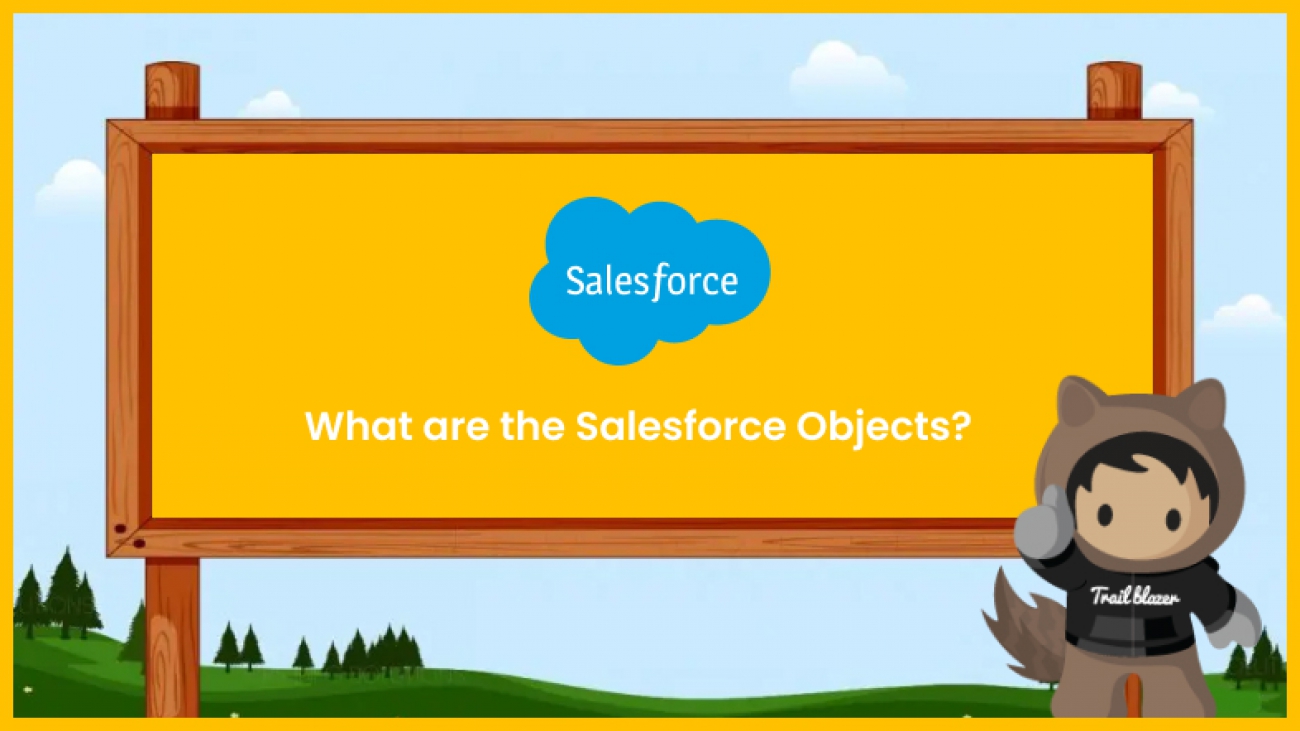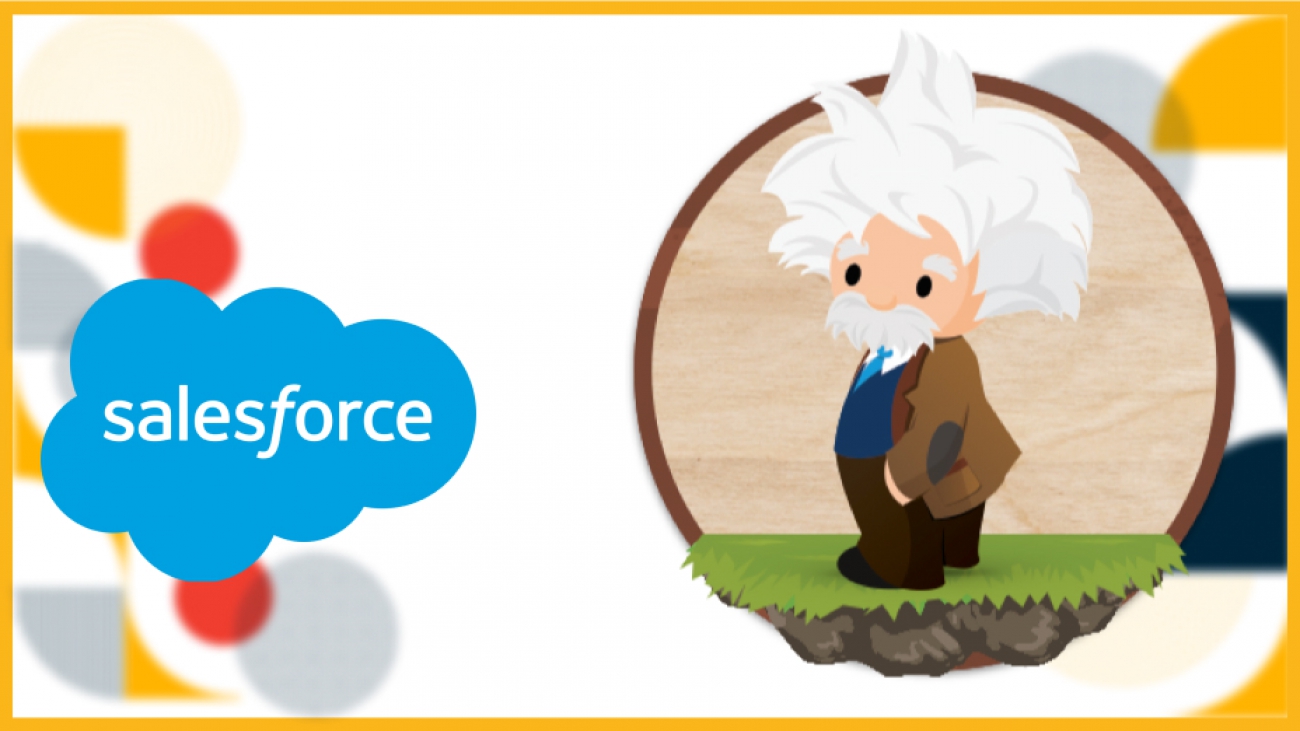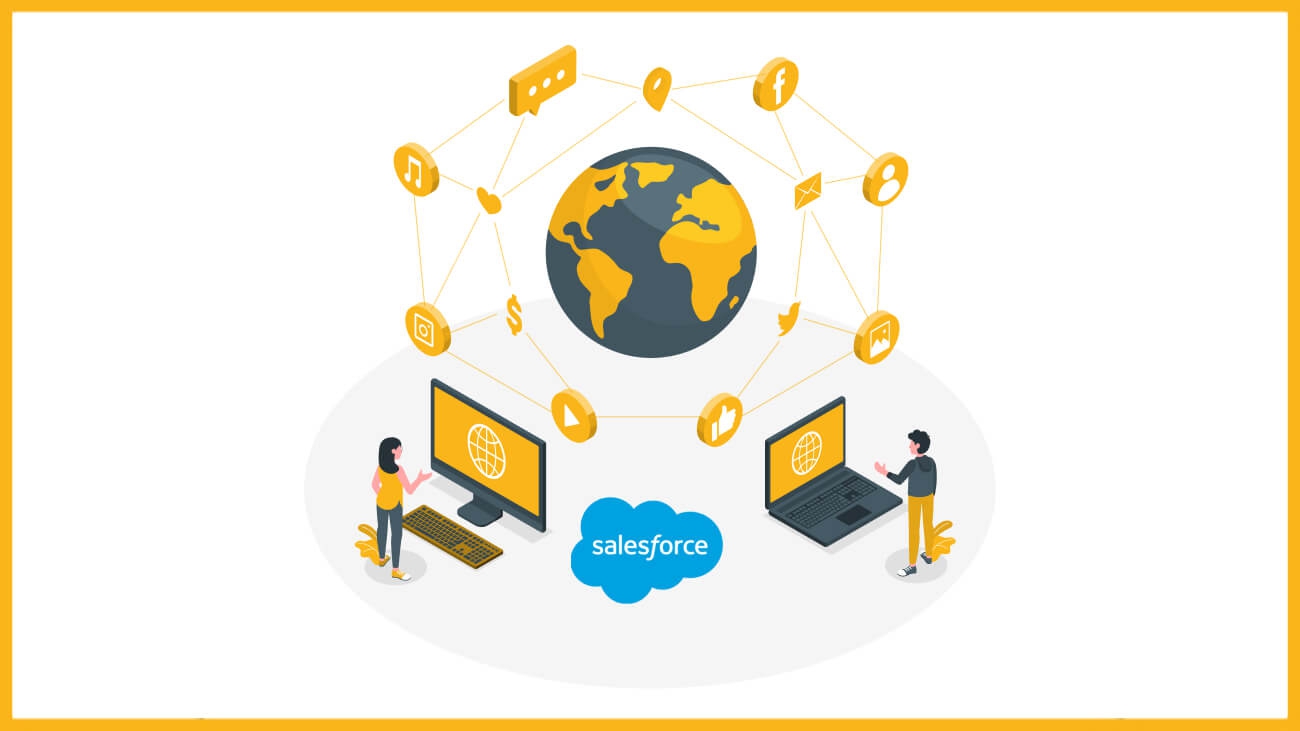What Are Standard Objects?
Standard Salesforce Objects are objects that have previously been built by the Salesforce platform for a specific project. These are the data-storage tablets that come pre-installed with Salesforce CRM and can be used in a variety of settings. These Salesforce objects require very little configuration and may be used by a wide range of enterprises.
Here are some of the most common Salesforce objects, simply explained:
1. Accounts –
2. Contacts –
3. Opportunity –
4. Case -
These objects contain any complaints that customers may have raised.
5. Solution –
6. Forecast–
7. Document –
8. Folders —
9. Report –
10. Dashboards –
11. Activity –
12. Products –
13. Orders –
14. Campaign –
15. Lead –
What are Custom Objects?
Unlike regular Salesforce objects, you can create custom Salesforce objects. Custom objects are those that are generated by platform users to meet their specific needs. Though there are several objects already built into the platform of Salesforce CRM, they can’t cater to all the needs of every single organization. To circumvent this barrier, Salesforce has the option of custom objects, which allows customers to construct Salesforce objects that are unique to their business and serve specific functions.
A courier company, for example, could develop a custom object to hold each week’s schedule and shipment details. As a result, these objects store data that is specific to the company. Custom fields can be added to custom objects in addition to the normal Salesforce fields.
Creating Custom Objects
- First, navigate to your Salesforce platform's "Setup" option.
- In the Setup menu, select the "Build" option.
- Choose "Create" from the drop-down menu.
- After entering the "Create" box, go to the "Objects" option.
- From the drop-down option, choose "New Custom Object."
- Type the name of the object you'd like to make, as well as the label and plural label names.
- After contemplating the "text" or "auto-number" data types, create a record name if you haven't already.
- To finalize the development of your custom Salesforce object, add the produced record name in the form of a data type.



